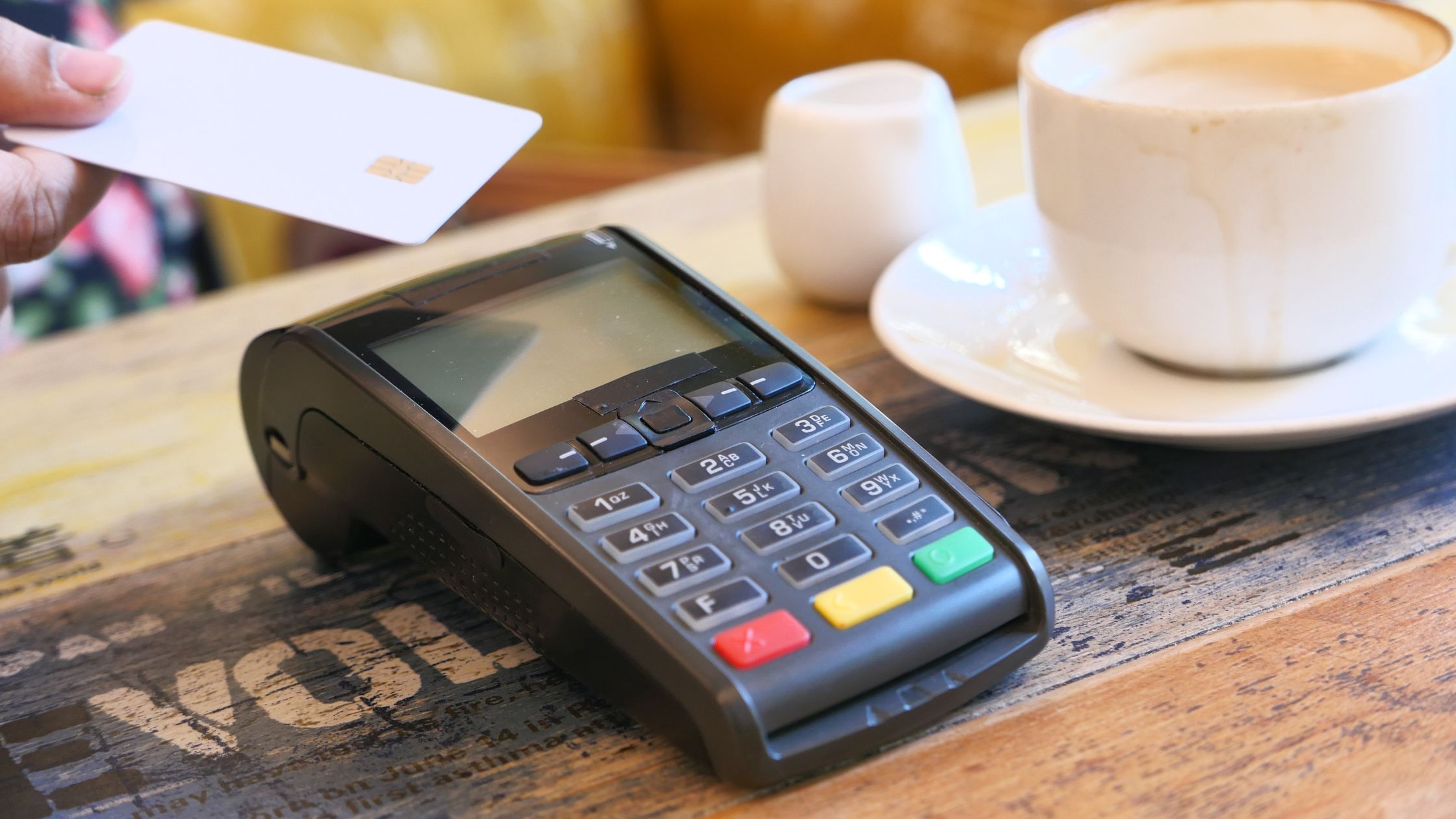In today’s busy restaurant world, owners and managers need tools that make work easier and speed up service. A user-friendly POS for restaurants helps staff take orders, manage tables, and process payments quickly and without stress. In this guide, we’ll look at why these systems are important, what features to look for, and how they can boost both efficiency and customer satisfaction.

Table of Contents
1. Why a User-friendly POS for Restaurant Matters
2. Key Features to Seek
3. Benefits of Choosing an Open-Source Option
3. Real-World Use Cases
4. Selecting the Right System for Your Needs
5. Conclusion
Why a User-friendly POS for Restaurant Matters
In many restaurants, outdated and overly complex point-of-sale systems create delays, leading to longer wait times and frustrated staff and customers. By comparison, a user-friendly POS for restaurant operations speeds up order processing, reduces the time needed to train new employees, and minimizes mistakes. This not only boosts efficiency but also frees your team to focus on delivering excellent service, rather than wasting energy navigating complicated software.
Key Features to Seek
When choosing a user-friendly POS for restaurant, it’s important to focus on key features that make daily operations smoother:
- Easy setup and installation – Pick a system that you can install quickly without complicated steps or extra software.
- Simple, intuitive interface – Look for a touchscreen-friendly design with clear menus and logical workflows.
- Offline capability – Make sure the POS works even when the internet goes down, so orders never stop.
- Kitchen integration – The ability to send orders directly to kitchen printers for faster food preparation.
- Multi-platform compatibility – Choose a system that runs on Windows, Mac, Linux, or even affordable devices like Raspberry Pi.
- Flexible and well-supported – Opt for software that allows plugin extensions and has an active user community or support forum.
Together, these features create a user-friendly POS for restaurant setup that helps both front-of-house and back-of-house teams work efficiently and without unnecessary stress.
Benefits of Choosing an Open-Source Option
Firstly, open-source POS systems usually have no licensing fees or hidden costs, making them a budget-friendly choice. Secondly, they offer complete flexibility—you can customize the source code to add plugins or unique features that fit your restaurant’s needs. Thirdly, with strong community support, problems are spotted and fixed quickly through shared knowledge.
For instance, Floreant POS offers a fast 90-second setup, works offline, supports kitchen printers and multiple operating systems, includes plugin compatibility, and comes with no hidden fees or advertisements. This makes it a perfect example of a user-friendly POS for restaurants that combines powerful features with simple, hassle-free operation.

Real-World Use Cases
Simplicity makes a big difference in day-to-day restaurant operations. Many cafés, pizzerias, and fine-dining restaurants choose systems like Floreant POS because its quick setup and easy-to-use interface greatly reduce training time. Since its launch in 2009, it has reliably powered thousands of restaurants worldwide.
Users often share positive feedback, with some saying they have “tried all the open-source POS options” and found Floreant to be the best for both simplicity and functionality. From coffee shops to food trucks, businesses benefit from its strong, stable performance and dependable offline features—making it a trusted choice for anyone looking for a truly user-friendly POS for restaurant operations.
Selecting the Right System for Your Needs
To make sure you choose a truly user-friendly POS for restaurant operations, follow these steps:
- Focus on usability – Choose a POS with a clean, intuitive interface that’s easy to navigate, allowing staff to learn and start using it quickly.
- Test in real settings – Run a live demo on your own hardware to ensure it works seamlessly with printers, cash drawers, and touchscreen devices.
- Check offline reliability – Make sure the system can continue processing orders and payments even if the internet goes down.
- Look for customization options – Select software that supports plugins or code adjustments so you can tailor it to your restaurant’s specific needs.
- Review support availability – Opt for a POS backed by an active user community, helpful forums, and clear documentation for quick troubleshooting.
By following these steps, you’ll select a user-friendly POS for the restaurant that improves efficiency, reduces stress, and supports smooth daily operations instead of creating unnecessary challenges.
Common Mistakes to Avoid When Choosing a POS
Many restaurant owners make common mistakes when choosing a POS system:
- Not listening to staff feedback – Your team uses the POS system every day, so their feedback is vital. They can highlight usability issues and suggest improvements that ensure you choose a truly user-friendly POS for restaurant operations.
- Ignoring offline capability – A good POS should work even without internet access. Without this feature, outages can halt operations, delay orders, and frustrate customers.
- Paying for unnecessary features – Many systems include extras that sound impressive but go unused. Focus on the tools that support daily efficiency rather than wasting money on features you don’t need.
- Skipping trial tests – Testing the POS in your real environment helps confirm compatibility with your hardware and workflow, ensuring a smooth transition.
- Forgetting about scalability – Pick a POS that can grow with your business, allowing you to add features or locations without needing to replace the system.
By avoiding these pitfalls, you can ensure your user-friendly POS for restaurants stays efficient, reliable, and supportive of your operations for years to come.

Conclusion
Adopting a user-friendly POS for restaurants can completely change the way your team manages orders, tracks inventory, and interacts with guests. With quick installation, offline reliability, an easy-to-use interface, and community-driven updates, open-source systems deliver powerful and flexible solutions.
Floreant POS stands out by offering fast setup, support for multiple platforms, stable offline performance, and the freedom to customize without restrictions. For an open, intuitive, and dependable POS that grows with your business, visit Floreant POS.







